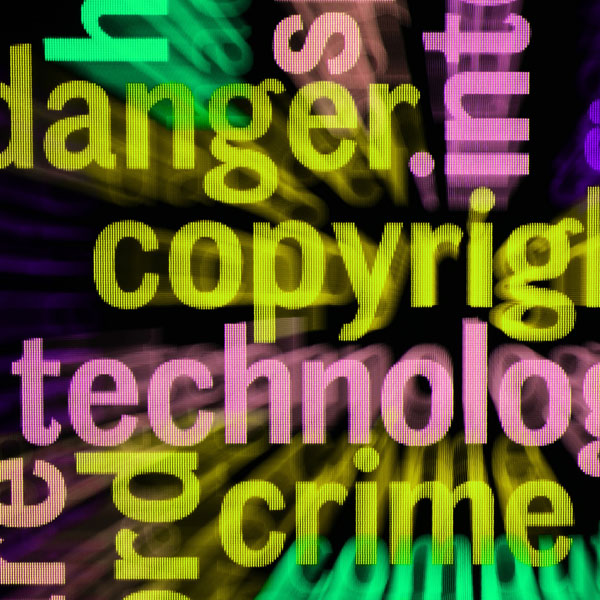What You Need to Know About the Rise of Malvertising

 Cybercrime is on the rise, but the days of criminals being part of a larger organization with a specific agenda are history. Today’s cybercriminals are now available to a wide variety of individuals and they treat their efforts as a business, one that provides services to clients. Not every cybercriminal focuses on a specific agenda. Instead, they are providing a service. Your company is now the target.
Cybercrime is on the rise, but the days of criminals being part of a larger organization with a specific agenda are history. Today’s cybercriminals are now available to a wide variety of individuals and they treat their efforts as a business, one that provides services to clients. Not every cybercriminal focuses on a specific agenda. Instead, they are providing a service. Your company is now the target.
The second quarter of 2017 saw 18% more adverts containing this type of blacklisted content as well as exploit kits, scams, and malware, which is more than the 1st quarter. The point is not to necessarily deliver the malware themselves, but trick their victims into infecting themselves.
Think about some of the larger database breaches within the last year. In some cases, all the major pieces that you use to establish your identity were exposed to these cybercriminals. Now imagine what information you collect on your clients and customers. How can you protect their information and your reputation? Let’s start by finding out what attackers are using.
Malvertising – The Beginning of the Chain
Ads are everywhere as part of your online experience. For businesses, however, those ads can end up costing them much more than they realize. Why? Those ads can be the gateway for ransomware to invade their system. Once the ransomware is in the system, it will encrypt your files and make it impossible for you to access them without paying the ransom. Companies end up being held hostage. So how do they work?
An ad is created that looks legitimate but leads back to a website with the ransomware kit on it. Once the ad is running and a user clicks on it, they are directed to the exploit kit site. There they can be asked to download a file and the process of infecting their computer system is complete.
Another way to gain access is by sending an email that requires an individual to click on a link or to download a piece of software. The point is to direct them to the website where they will be infected.
Why Doesn’t Anti-Virus Software Catch It?
Your anti-virus software is only effective about 50% of the time against these threats simply because they hide behind what appear to be legitimate websites and advertisements. As a result, your company could be exposed because an email looked real and your employee clicked through. Additionally, there are constant upgrades to the ads and the malware making it difficult for anti-virus programs to get ahead of the hackers.
While it is important to keep your anti-virus software up-to-date, you need to be proactive in addressing other threats.
How can you protect yourself against constantly evolving threats?
Options to Keep Your Data Secure
Working with a managed IT provider, you can monitor for threats to your system in real time. Another way to protect yourself is to keep your systems updated with the latest software. Companies are constantly updating their software with patches to close potential backdoors for hackers, but if you do not update, then you do not have the protection of those patches. Finally, you want to limit the ability of individuals to install and run software applications, thus reducing the chances of malware getting into your system.
In light of the risks of malware and malvertising, both of which continue to be threats, it is important to consider protecting your business with knowledgeable managed IT services that can provide a full range of protection for your data. Contact us today for an evaluation to determine how we can fill the cybersecurity needs of your business.
Sagacent Technologies offers technology management and support, including proactive/preventative maintenance, onsite and offsite data back-ups, network and security audits, mobility solutions, disaster planning and emergency business resumption services. The company serves clients of 10 to 150 employees within the Silicon Valley region.
